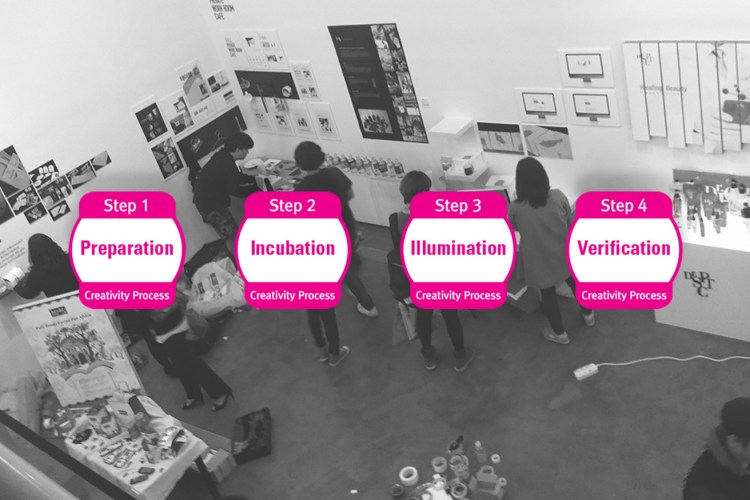Problem and Problem Solving as Important Elements for Developing a Design Concept

Choi, A. Y. (2009). Problem and Problem Solving as Important Elements for Developing a Design Concept. Journal of Digital Design, 9-1, 267-277.
Korea Digital Design Council (KODDCO)
Abstract
The design of the 21st century must be both logical and perceptual. We live in a world where perception and logic are intertwined. While logic can be challenging for everyone, each individual has a unique perception. While the design concept may rely on logical reasoning, perception is an avenue for aesthetic expression.
This study identifies the problem and its understanding as the foundation for developing concepts, highlighting the role of the human brain in processing problems and cognition to grasp logical and unique ideas. Drawing from literature in cognitive science, the analysis is structured to explore the types and characteristics of problems and their cognitive interpretation, utilizing the design problem-solving process outlined by Jerry Samuelson.
The study delineates a two-step approach for designers tackling problems. In the first step, designers employ divergent thinking to recognize the problem as an ill-defined issue, generating many ideas. In the second step, they apply convergent thinking to organize and select the most suitable idea. This research establishes a systematic understanding of the relationship between problem-solving and design concept development.
Keywords: Creative Concept, Creativity, Design Concept, Design Problem, Problem Solving



